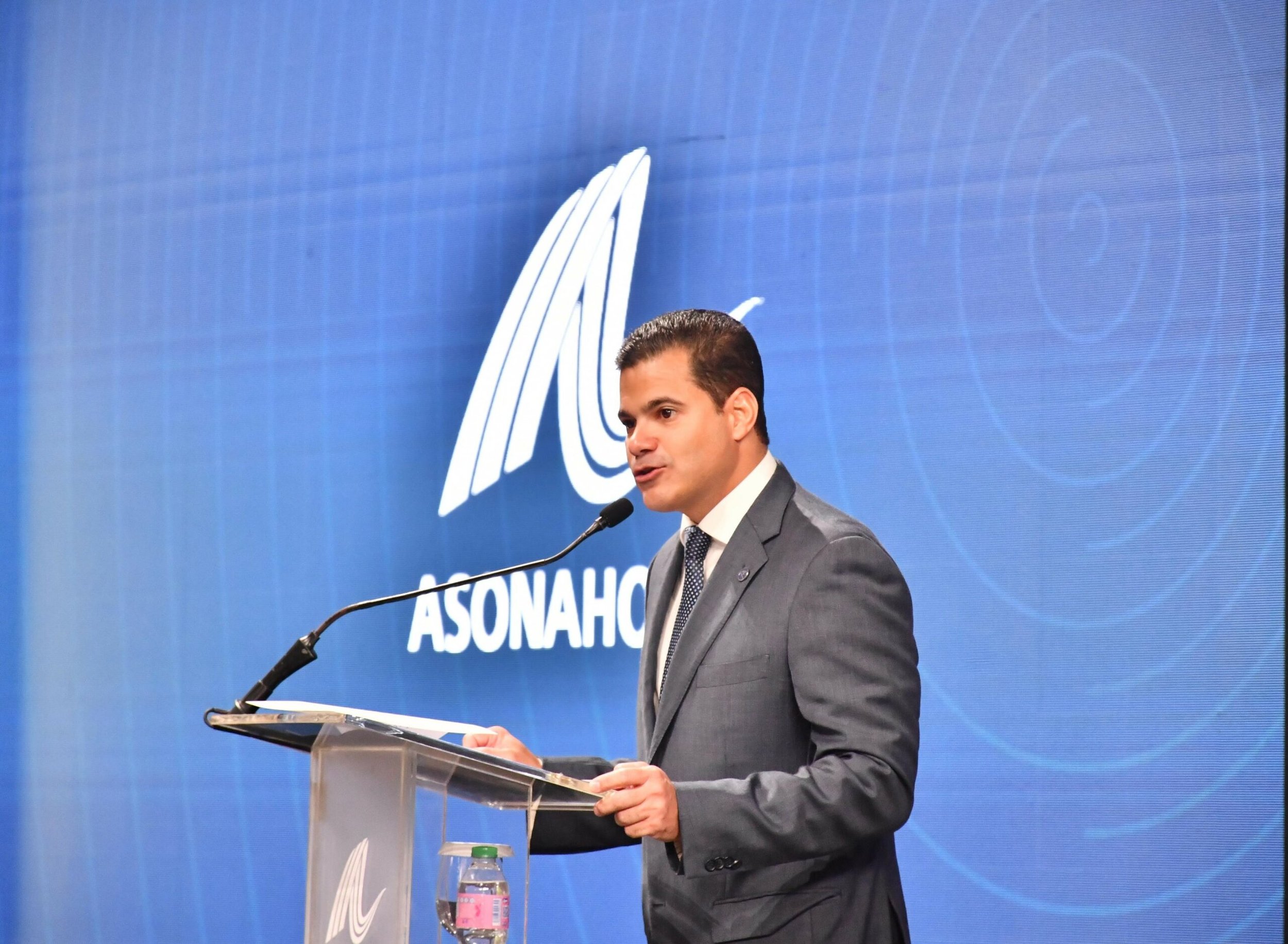Santo Domingo.- David Llibre, President of the Hotel and Tourism Association (Asonahores), highlighted the significant economic and social impacts of the tourism sector in the Dominican Republic, with over four million visitors by April. He emphasized that the benefits of tourism extend far beyond airports, hotels, restaurants, and transportation services.
“These tourism results benefit thousands of small and medium-sized enterprises (SMEs) nationwide. The latest study on tourism’s impact on MSMEs identified 17,000 such businesses throughout the country that are directly or indirectly linked to the tourism sector,” Llibre noted.
He celebrated the arrival of tourists by air and cruise ships, stating that their presence bolsters the economy and energizes local communities involved in tourism-related activities.
Llibre pointed out that, unlike other competing countries, the Dominican Republic’s tourism sector imports a majority of the products and services consumed, impacting various economic sectors up to 40% of their production and accounting for 10% of the country’s tax revenues, totaling 155, 000 million pesos in taxes paid both directly and indirectly.
He stressed that while surpassing the goal of 10 million visitors is commendable, the Dominican Republic has the potential to continue growing and even double the number of tourist arrivals in 2023.
Llibre urged maintaining the successful policies that have driven current investment levels in the sector. He warned that any changes, reductions, or eliminations of the existing legislative framework could lead to investments shifting to competing countries. This shift would hinder the country’s ability to keep its tourism offerings competitive, impacting contributions to GDP, tax revenues, the broader economy, and job creation.
“Tourism in the Dominican Republic is a competitive sector in the international market. Unlike other sectors, it must continue developing to maintain its global competitiveness. Despite the progress, there is still significant growth potential in various tourist centers such as Pedernales, Miches, and Punta Bergantín, which require the current legislative framework for their development,” Llibre emphasized.

